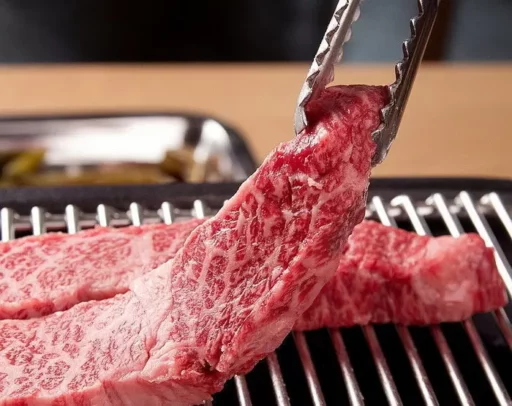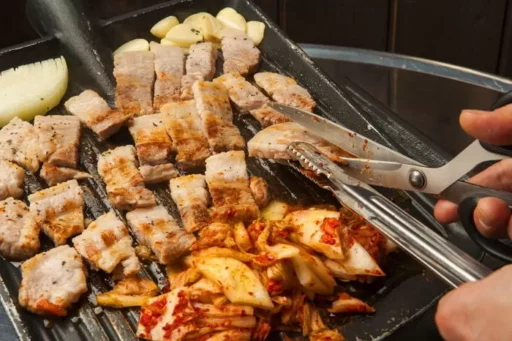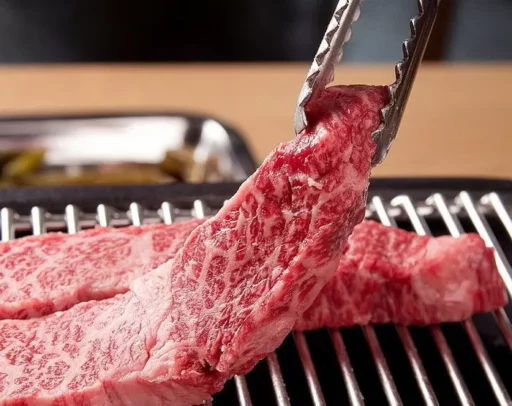US Beef Prices Surge, Consumers Shifting Towards Alternative Meats
Prices for US beef have skyrocketed over 30% compared to previous years, increasing the burden on consumers' dining tables.
As a result, a notable trend has emerged where consumers are shifting their attention to relatively cheaper alternative meats. The prices of Australian beef and both imported and domestic pork have also been on the rise, leading to an overall increase in meat prices.

According to the distribution industry on the 28th, the nationwide average consumer price for US beef (ribs, frozen) was recorded at 4,481 won per 100g as of the 24th. This reflects a 13.1% increase compared to last year (3,961 won) and a 34.8% increase compared to the average price in previous years (3,323 won).
On the other hand, the price of alternative Australian beef (ribs, frozen) also surged to 4,408 won per 100g, marking a 12.4% increase from last year (3,923 won) and a 25.5% rise compared to the average of previous years (3,512 won).
Decline in US Cattle Numbers and Weak Korean Won Leading Price Increases
The main reasons cited for this price surge are the decrease in beef supply in the US and the depreciation of the Korean won.

According to the US Department of Agriculture (USDA), the number of cattle in the US as of January was 87.2 million, marking the lowest level since 1951.
This decline is attributed to summer droughts and harsh winter cold spells exacerbated by climate change, leading to reduced pasture and feed crops.
In 2023, approximately 60% of the US was designated as drought-affected areas, highlighting the severity of the climate crisis.
Additionally, soaring feed costs have forced many farmers to abandon cattle farming as they can no longer bear the production expenses.
As a result of this supply decline, live cattle futures prices on the Chicago Mercantile Exchange (CME) have recently approached 230 cents per pound, reaching an all-time high.
Moreover, high exchange rates have also contributed significantly to the rise in imported beef prices. According to the Bank of Korea, the exchange rate for the Korean won against the US dollar, which was around 1,338.80 won on August 23 last year, rose to 1,484.10 won on April 9 this year.
While the rate has somewhat stabilized to the 1,360 won range, there is typically a two-month lag before changes are reflected in import prices, suggesting that high inflation will persist for the time being.

As consumers turn to alternative meats such as Australian beef or pork due to rising US beef prices, the overall livestock market prices are also climbing.
The consumer price for imported pork (belly, frozen) is currently at 1,464 won per 100g, which is about 4% higher than the average level.
The consumer price for domestic pork (belly, frozen) has reached 2,750 won, increasing by 4.0% compared to last year and 4.5% compared to the average of previous years.
In contrast, the prices for Hanwoo beef have remained relatively stable.
The consumer price for Hanwoo beef (sirloin grade 1+) stands at 13,066 won per 100g, which is 5.7% higher than last year, but 3.7% lower compared to the average of previous years.
Image source: materials for understanding the article / gettyimagesbank, materials for understanding the article / News1


